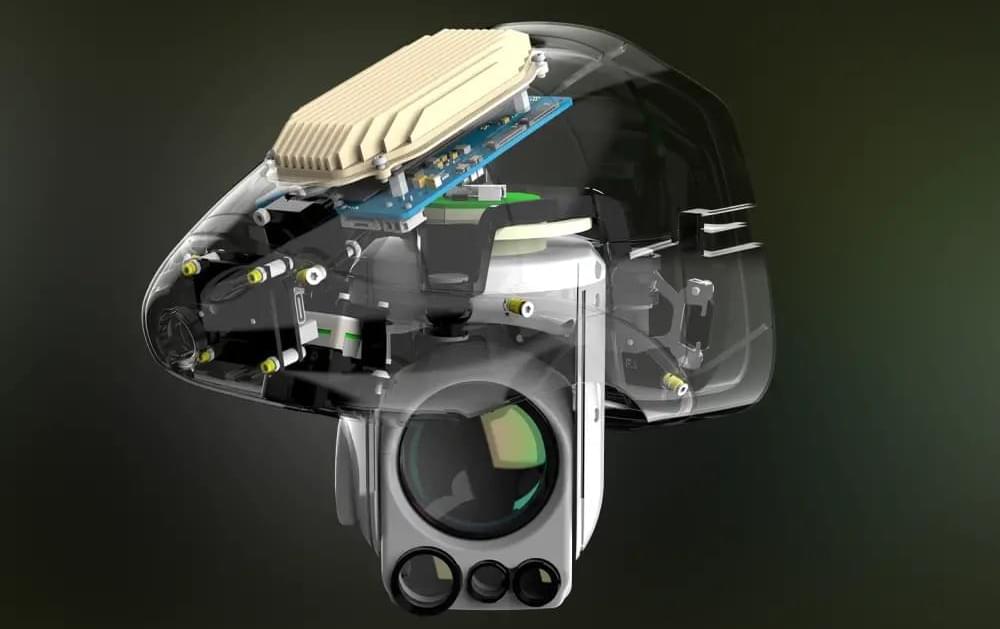AI will enable drone wingmen to make autonomous decisions without centralized command.
According to Airbus, FCAS will be centered around a core Next Generation Weapon System (NGWS). In this “system of systems,” piloted New Generation Fighters will work together with Unmanned Remote Carriers – all connected to other systems in space, in the air, on the ground, at sea and in cyberspace via a data cloud called the “Combat Cloud.”
The FCAS is one more step towards the goal of achieving full collaborative combat by 2040, which can replace military systems like Rafale and Eurofighter.
Airbus says that an incremental roll-out of FCAS capabilities is planned by implementing initial situational awareness across platform capabilities in the mid-2020s.




